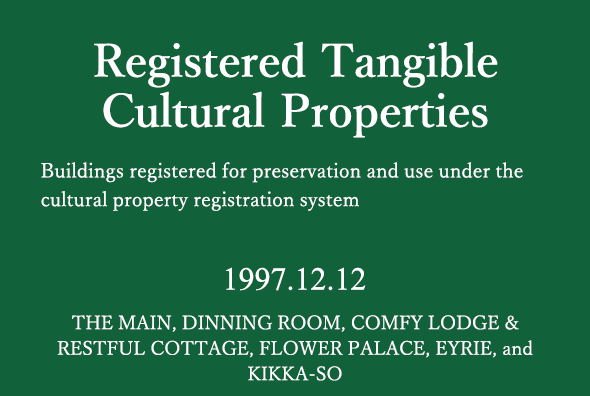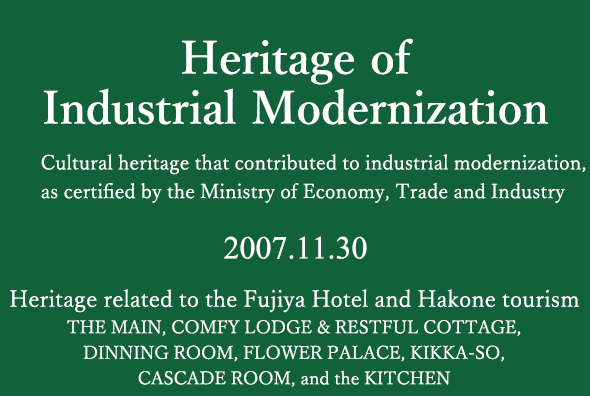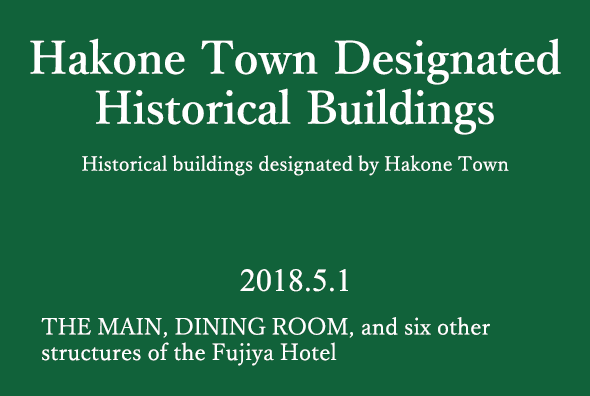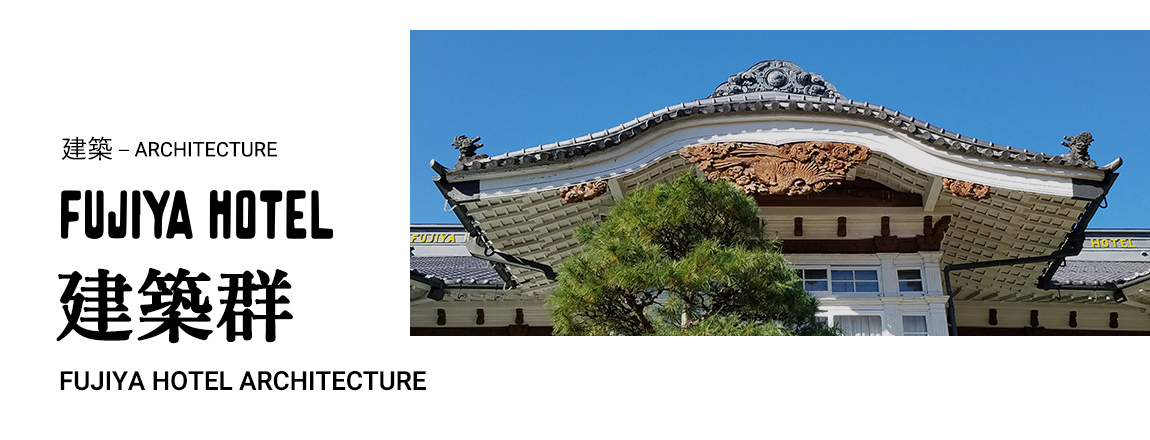
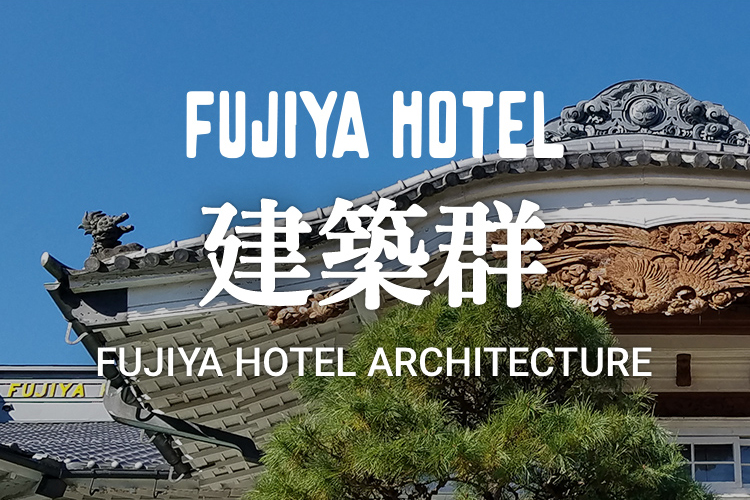
Undeniably the strongest feature of Fujiya Hotel
Anybody that has been to Fujiya Hotel is soon transfixed by its architectural beauty. The hotel’s founder, Sennosuke Yamaguchi, had endless amounts of energy to realize the construction of such magnificent Western-style buildings in the long-established health resort of Miyanoshita. The foresight and wisdom of Shozo Yamaguchi—who absorbed the hospitality of overseas resort hotels and quickly incorporated it into the buildings, facilities, and services of Fujiya Hotel—have been passed down unbroken to the present day. Read on to learn more about how the buildings of Fujiya Hotel were constructed in concert with the times.
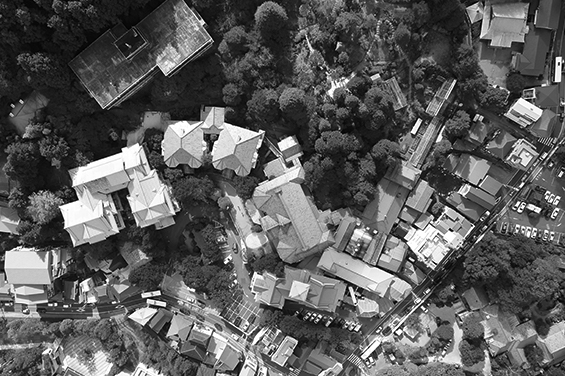
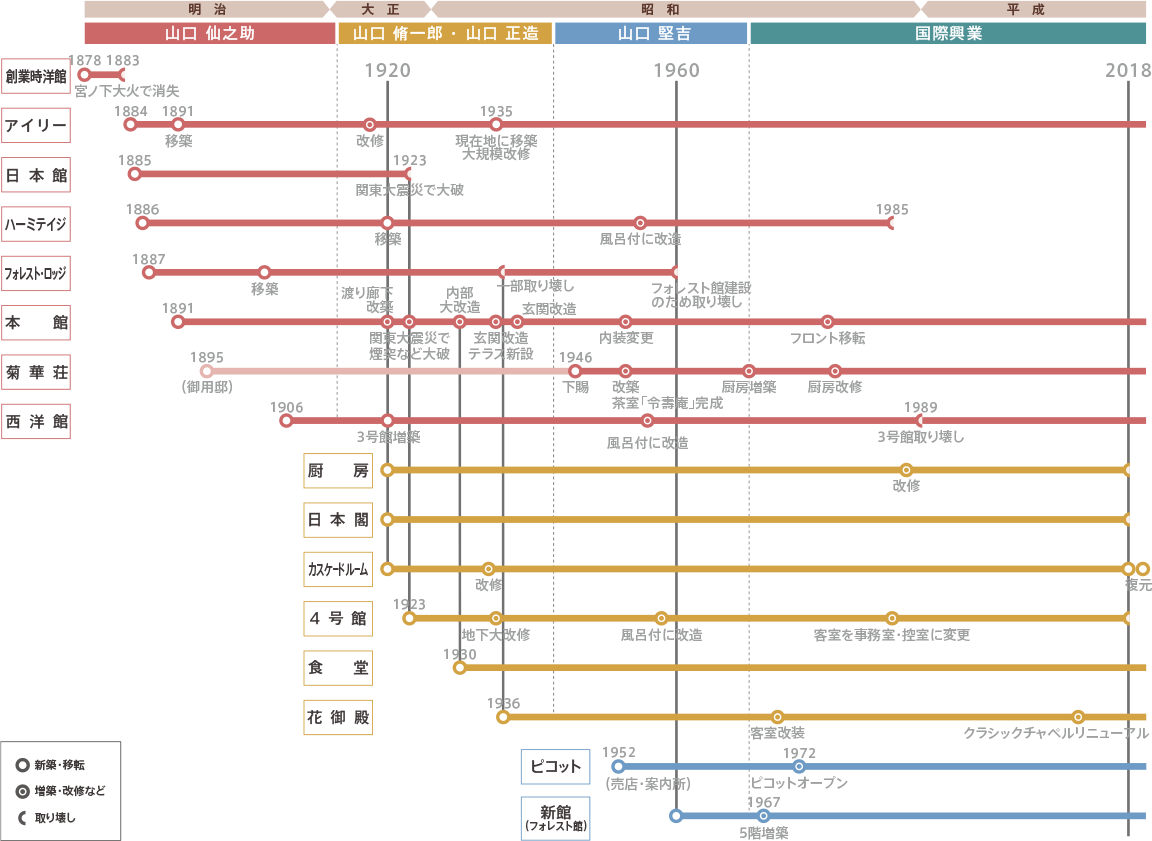

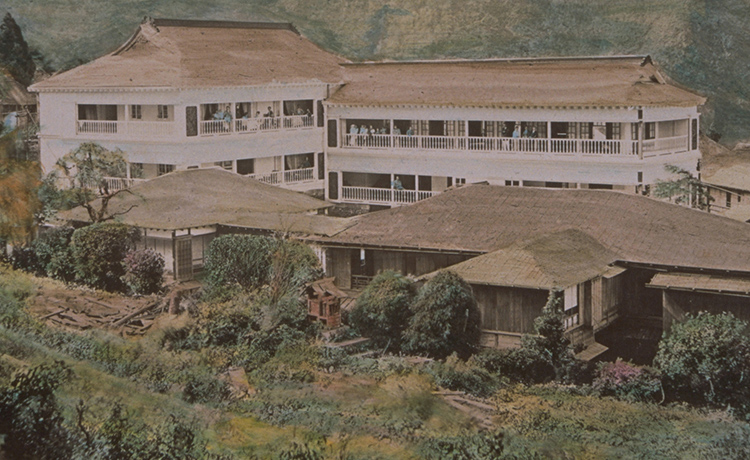
Nagasaki University Library collection
Japan’s first Western-style hotel
Sennosuke Yamaguchi was determined to open a hotel catering specifically to foreign clientele. He picked out Miyanoshita for its picturesque scenery of Hakone and Mt. Fuji, its short distance from Tokyo and Yokohama, and a hot spring. It was to be the location of Japan’s first real Western-style hotel in 1878. Craftsmen that had been involved in the construction of Western-style buildings in Yokohama were reportedly brought to Miyanoshita to build this foreign-style building with an L-shaped facade. The Western-style balconies and glass doors gave the building a very distinctive look, but it also incorporated an element of Japanese-style architecture with a half-hipped roof. The other Fujiya Hotel buildings constructed later on would incorporate large gabled entrances in this same style. Unfortunately, this first building was razed to the ground only five years after its completion in the Great Miyanoshita Fire.

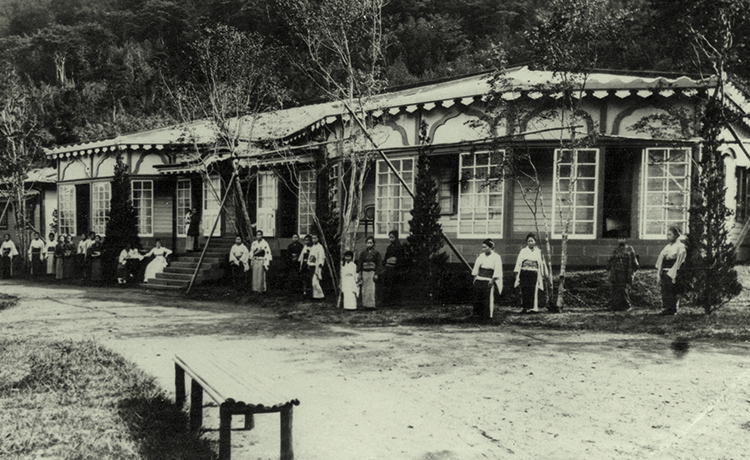
Existing resort hotel building from the early Meiji period
EYRIE was the first building constructed after the Great Miyanoshita Fire and the starting point of today’s memorable Fujiya Hotel buildings. It is also invaluable as a resort hotel building still in existence from early days of Meiji period.
Flanked by protruding sections to the left and right, EYRIE features a large gable over the central entrance, a notable characteristic of Fujiya Hotel’s architecture already established by this time.

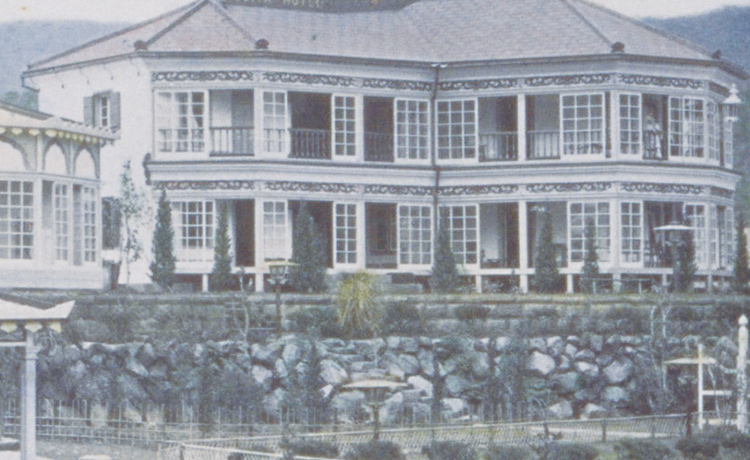
Nagasaki University Library collection
Small Western-style building
In 1886 a two-storied Western-style building was completed close to the front of the current DINING ROOM. Its charming design owed to a dogleg-shaped facade and rounded features. After THE MAIN was completed in 1891, it was referred to as the “lower Western-style building” due its position in relation to THE MAIN. In 1920 it was relocated to higher ground behind the GREENHOUSE and thus became known as the “upper Western-style building.” For many years thereafter it was affectionately called the HERMITAGE owing to its appearance, but unfortunately in 1985 it had to be demolished due to structural deterioration.

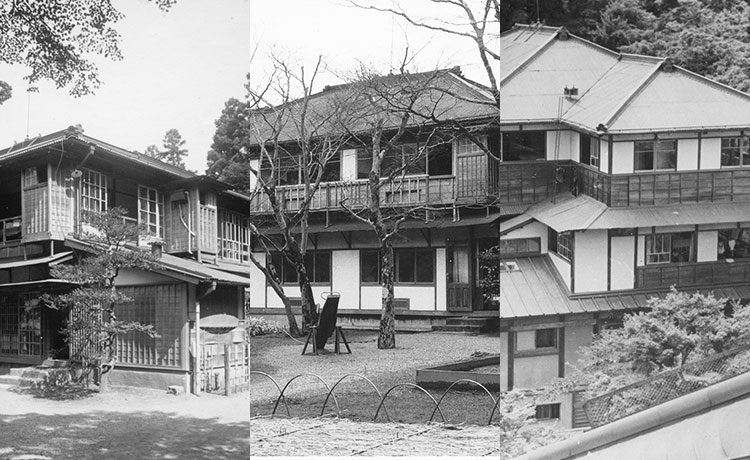
New building
Relocated
Enlarged
Headed for a strange fate
In 1887, middle of Meiji period, a Japanese-style building was erected next to the Haya River on the other side of National Route 1. Emperor Hirohito even stayed there in his childhood during the summer months. The building was relocated to its current location at the end of the Meiji period and came to be known as FOREST LODGE. Its number of rooms was increased to accommodate more guests but then downsized in 1937 due to the construction of FLOWER PALACE. The dismantled materials were taken to Sengoku Golf Course and converted into other structures. FOREST LODGE was re-constructed at 1960, "FOREST", the name long loved by hotel guests, pass to the new annex as "FOREST WING" reborn at 2020.

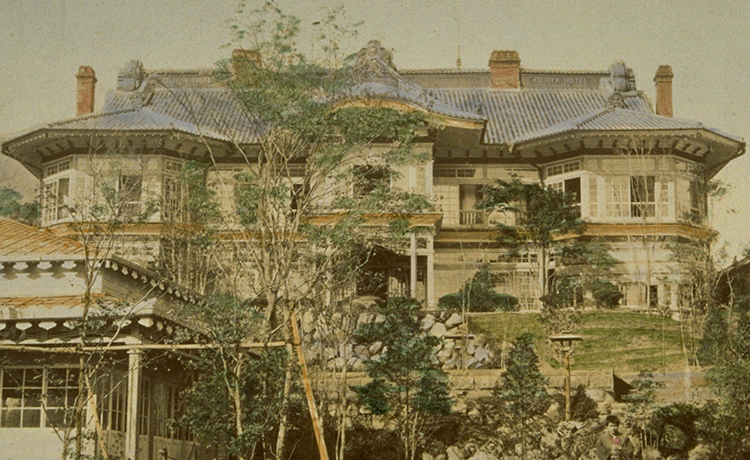
Nagasaki University Library collection
The centerpiece of the Western-style hotel
THE MAIN has continued to function as the centerpiece of Fujiya Hotel, from the time of its completion in 1891 through to the present day. Western-style architectural design underpins the basic tone of this peculiar building for its foreign guests, but it also has tinges of Japanese design at every turn inside and out. The exterior features a gabled roof over the central entrance porch and a symmetrical appearance emphasizing frontality with two protruding octagonal facades on either side. After several extensions and alterations from the Meiji period through to the late 1980s, THE MAIN is now a complex structure melding both new and old architectural styles.

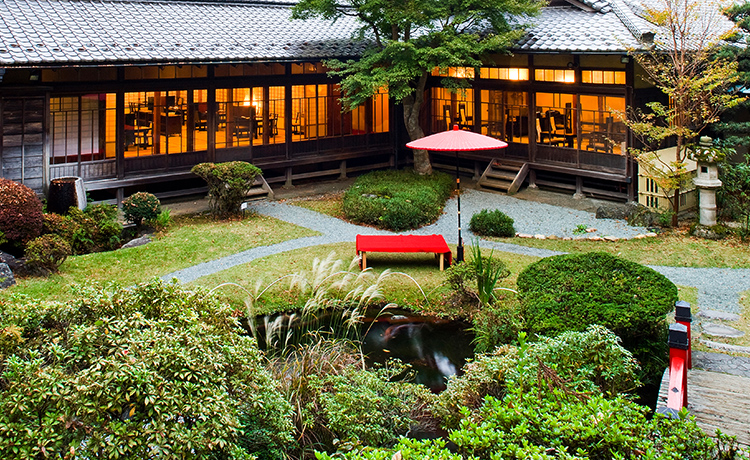
Pure Japanese wooden architecture of former Miyanoshita Imperial Villa
KIKKA-SO was originally built as an imperial villa for Japan’s princess to escape the heat of Tokyo. Its connection with Fujiya Hotel runs deep from the very beginning, mainly because Sennosuke Yamaguchi—as a representative of the villagers in Miyanoshita—was awarded a medal of honor for providing the local labor for its construction. It was granted to Fujiya Hotel in 1946 and has since served as an annex and as a suitable place to introduce Japanese architecture, gardening, tea ceremony, and other cultural aspects to foreigners. The superior skill of imperial court architecture is manifested in all areas of the building’s elegant and pure Japanese design through the use of high-quality materials, while the positioning of the staggered building, pond, and garden is in the traditional style of Japanese residential architecture.
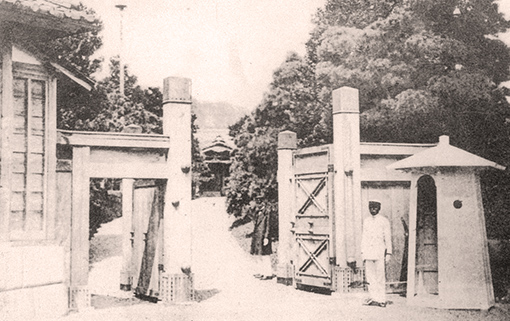

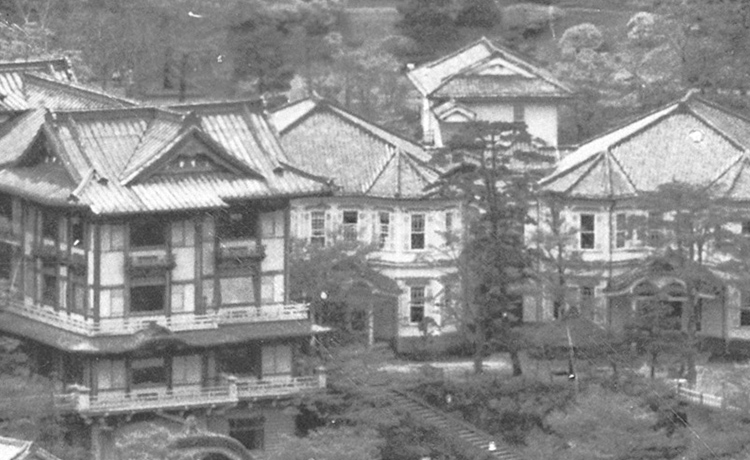
COZY HOUSE shown in the center of the photo no longer exists.
Twin set of Western-style cottages
Both COMFY LODGE and RESTFUL COTTAGE were built as guest room wings during the period of prosperity in the wake of Japan’s victory in the Russo-Japanese War. Despite having a noble design featuring shorter eaves and more conservative décor, these two buildings make their presence felt with typical Meiji-era Western-style ceilings and eaves, decorated staircases, double-hung windows with louvers, and extravagant gabled entrances. Owing to the relatively few alterations carried out over the years, they are the most well-preserved of all Fujiya Hotel buildings in terms of original appearance at the time of their construction.

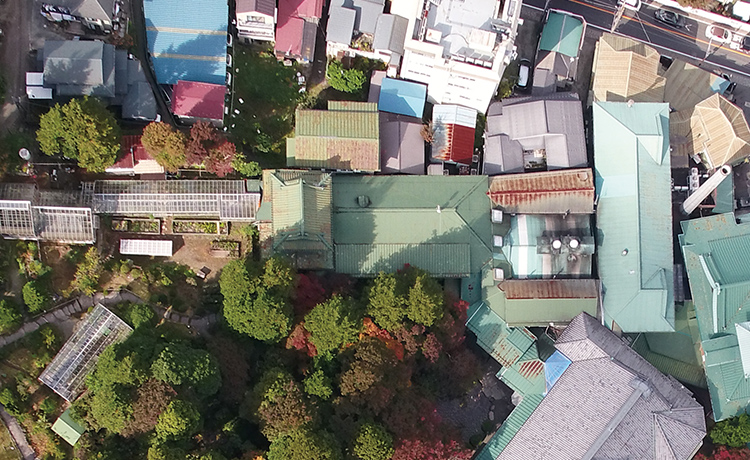
The year 1920
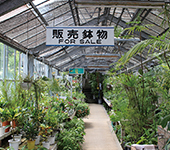
GREENHOUSE
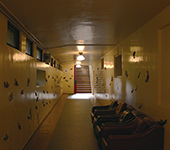
FISH ALLEY
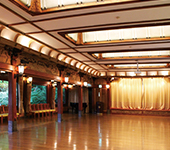
CASCADE ROOM
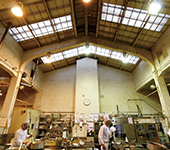
KITCHEN
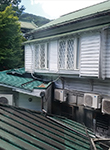
Building No. 4
(completed
in 1923)

Chimneys
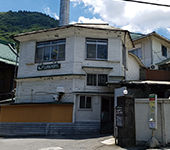
JAPANESE PAVILION
In 1920 a number of buildings and rooms were built at the rear of THE MAIN, including JAPANESE PAVILION (elegantly blending Japanese and Western styles), CASCADE ROOM (a banquet room for social functions), KITCHEN (said to be the best in the Orient with state-of-the-art equipment), and FISH ALLEY (where the hall is studded with fish reliefs). Around this time, Sennosuke Yamaguchi passed away and Shozo Yamaguchi took over as president. Shozo set about putting the hotel’s “backyard” in good order as the first step towards modernization. These many facilities sustained the services of Fujiya Hotel from behind the scenes for roughly a century.

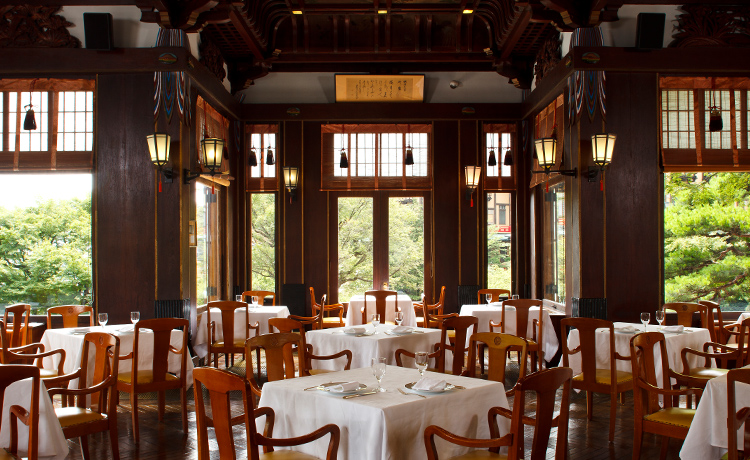
The highlight of Fujiya Hotel architecture
The first major building constructed in the aftermath of the Great Kanto Earthquake—seven years after, to be precise—was DINING ROOM. Reinforced concrete on the first floor supports the timber second floor, and the tower called the Shotenkaku. The high-quality materials and detailed décor create a strong sense of impeccability. The copper-clad gable roof and five-storied pagoda-like tower are designed in the style of temples and shrines and the use of color on the balustrades and walls is also quite unique. This architectural style marks a radical departure from the other noble, Western-style Fujiya Hotel buildings and thus captures fresh dynamism. Shozo Yamaguchi named the main dining room on the second floor “THE FUJIYA” because he strongly felt that it truly embodies what Fujiya Hotel is all about.

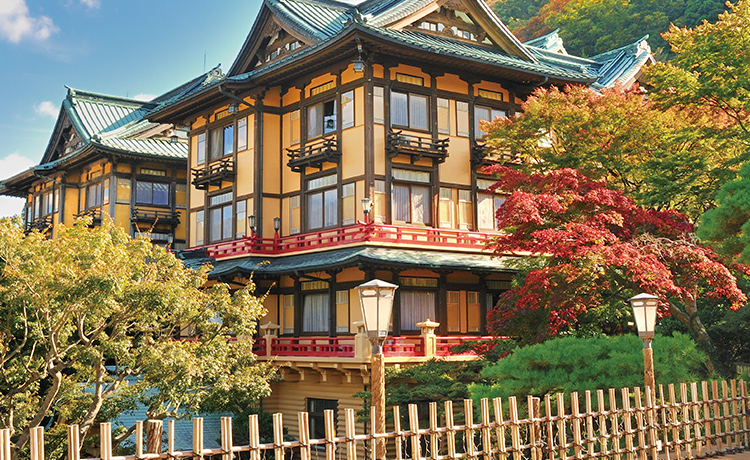
Like Dragon Palace in Japanese fairy tale
FLOWER PALACE is an assemblage of Fujiya Hotel architecture and a symbol of both the hotel and Hakone. Distinguished by its ornate Japanese-style design, complex roof structure, and bright-red balcony balustrades, FLOWER PALACE strongly reflects the intentions of Shozo Yamaguchi as a designer. In keeping with the building’s name, each guest room is assigned the name of a flower and the plush interior and room keys are enchased with flower motifs.

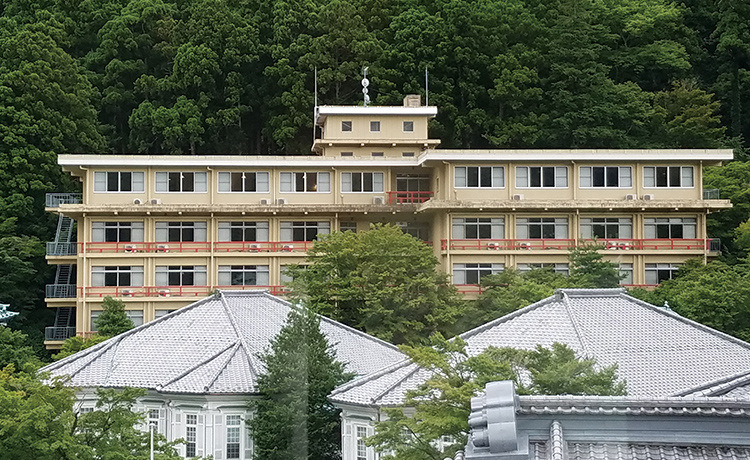
Modern architecture in step with the times
In 1960 Japan’s economic growth was starting to accelerate and a new building was constructed on the upper site where FOREST LODGE once stood. It is the newest of all Fujiya Hotel guest room wings and the only building constructed under Kenkichi Yamaguchi’s government as 4th president. With few decorations on the exterior and the uniformly shaped guest rooms forming neat rows, the building’s extremely modern appearance is distinctly different to the older Fujiya Hotel structures. Nevertheless, the renewed FOREST LODGE inherits the ethos of boldly introducing new approaches to deliver the best possible services in step with the times.

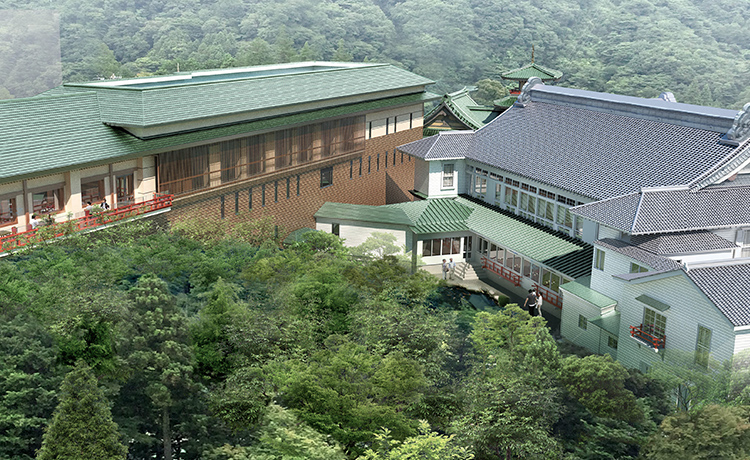
Aiming to further improve our services
The buildings constructed in 1920 behind THE MAIN and the DINNING ROOM, namely JAPANESE PAVILION, CASCADE ROOM, KITCHEN, the FISH ALLEY, and Building No. 4 were dismantled during the recent major renovations to make way for the new construction of a large four-storied building. This building has been named CASCADE WING after its main feature, CASCADE ROOM. We hope the improvement of the hotel’s “backyard” will enable us to provide an even higher level of service.

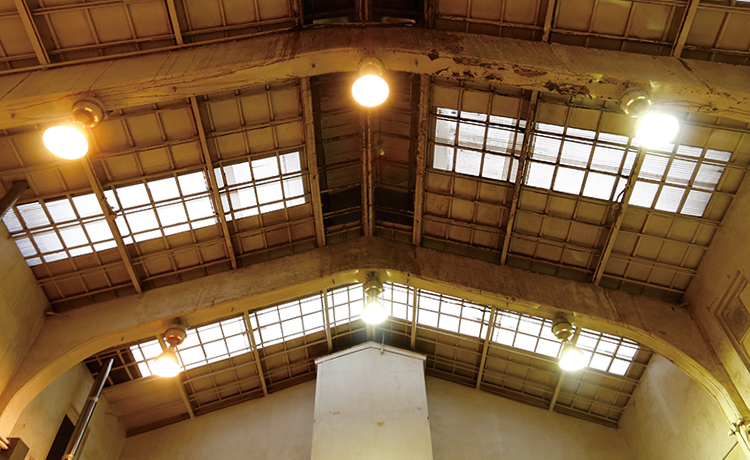
The value of Fujiya Hotel architecture
Constructed through many ups and downs and in tune with the trends of the times, the irreproducible buildings of Fujiya Hotel preserve the architecture from the dawning of Japan’s modern era. These buildings are still functioning as a hotel, providing the finest services as they can.
